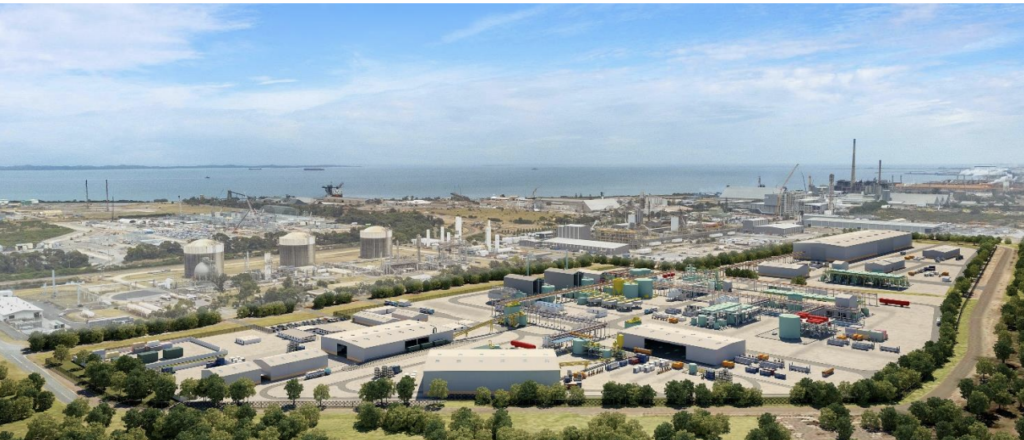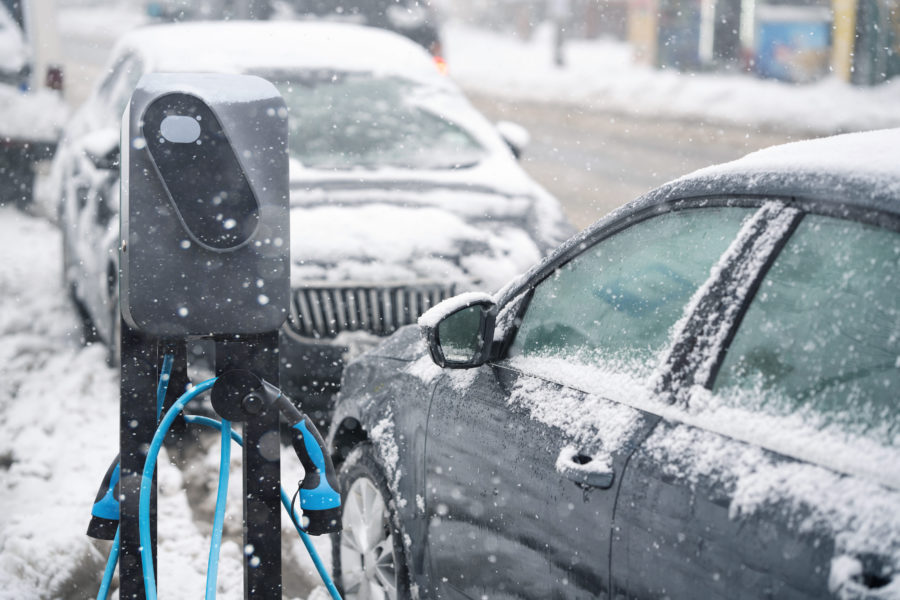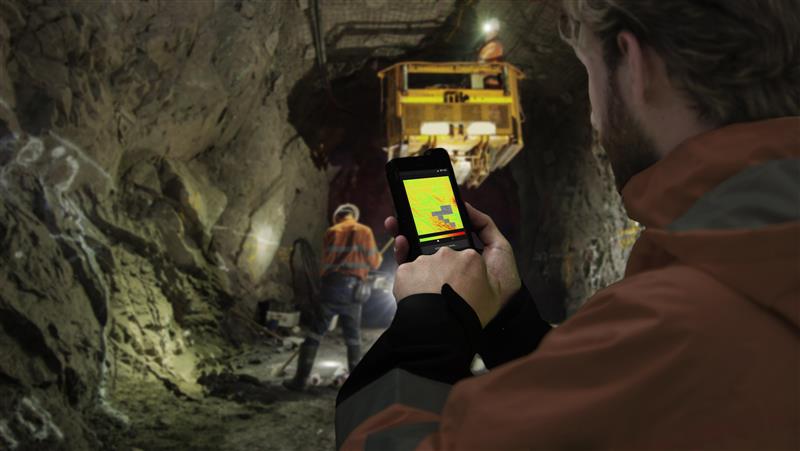Wyloo Metals, IGO secure land for first integrated battery material facility in Western Australia

IGO Limited (ASX: IGO) and Wyloo Metals announced Friday that land has been secured at Kwinana for their proposed integrated battery material facility in Australia.
Wyloo and IGO are working towards making a financial investment decision on the development of the project, which involves integrating a downstream nickel refinery with a plant producing high-value nickel dominant precursor cathode active material (PCAM) for the battery supply chain.
The proposed project would combine IGO’s disruptive nickel refining technology with PCAM production expertise via a low-cost and low carbon process, the companies said in a joint statement.
The project would represent the first commercial production of PCAM in Australia and would align with the State Government’s drive to grow Western Australia’s future battery industry.
The proposed IBM Facility would be constructed in the Kwinana-Rockingham Strategic Industrial Area on approximately 30 hectares of vacant industrial land leased from the State Government. The land secured for the proposed IBM Facility is located adjacent to the Kwinana Lithium Hydroxide Refinery which is owned by Tianqi Lithium Energy Australia, a joint venture between IGO and Tianqi Lithium Corporation.
IGO and Wyloo are currently advancing discussions with a global battery chemical manufacturer who have indicated strong interest in partnering in the project, and working to release a feasibility Study in mid-2024.
“We’re extremely excited to build upon the immense potential that exists here in WA with the development of Australia’s first commercial PCAM facility in Kwinana. Areas like Kambalda and Leinster in Western Australia hold some of the world’s highest-grade nickel, with huge potential for more discoveries to be made,” Wyloo CEO Luca Giacovazzi said in the statement.
“WA is already a leading supplier of critical minerals, and this is the spark it needs to become a global hub for battery metals,” Giacovazzi said. “There’s a huge opportunity to grow the industry and Western Australian jobs by supporting the world’s transition to electric vehicles.”
More News
Study confirms drop-in electrode technology enables 10 minute EV charging at -10°C
April 14, 2025 | 04:06 pm
Newmont deploys Ericsson private 5G at Australia’s largest underground mine
April 14, 2025 | 01:20 pm
{{ commodity.name }}
{{ post.title }}
{{ post.date }}




Comments